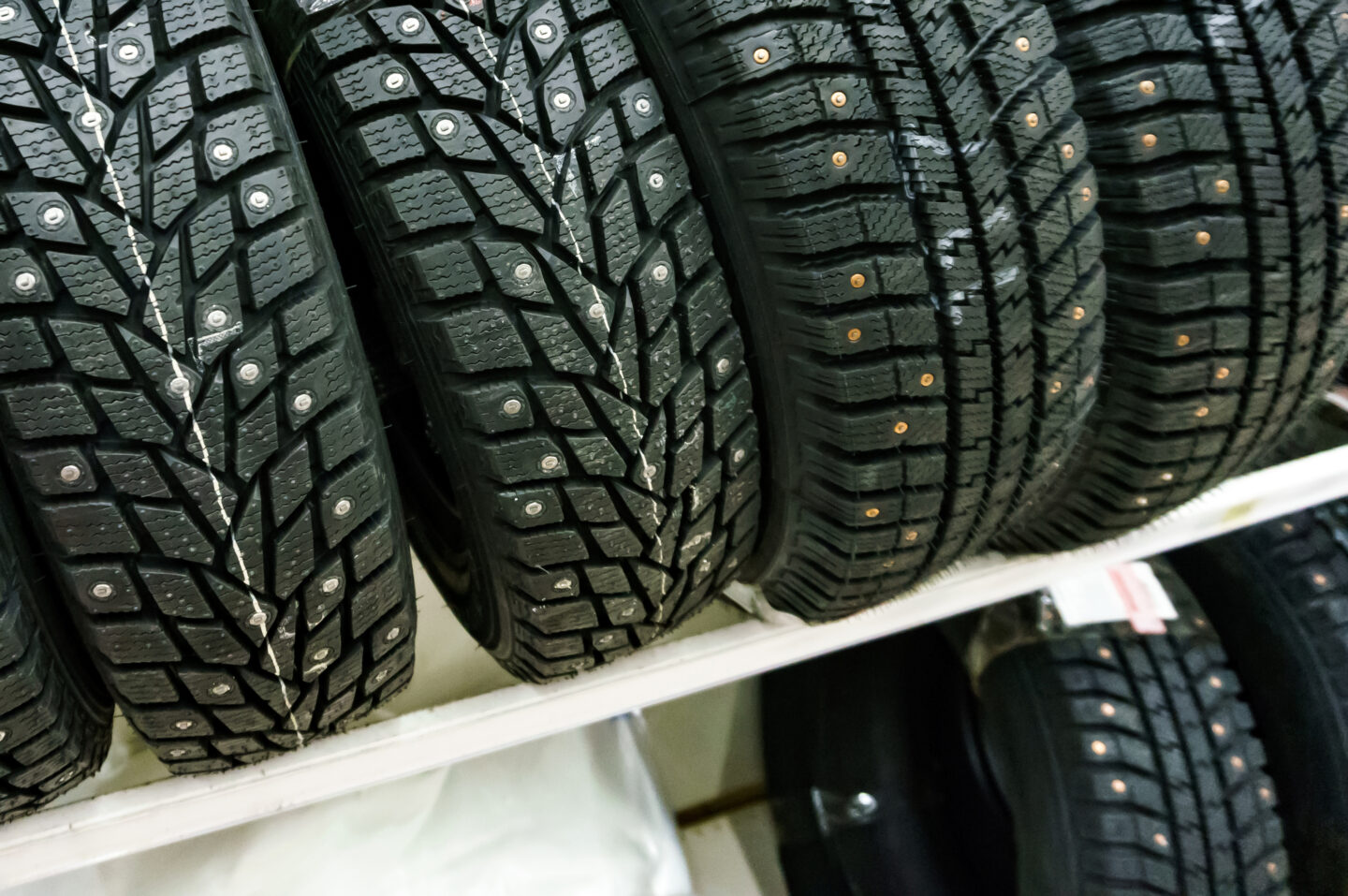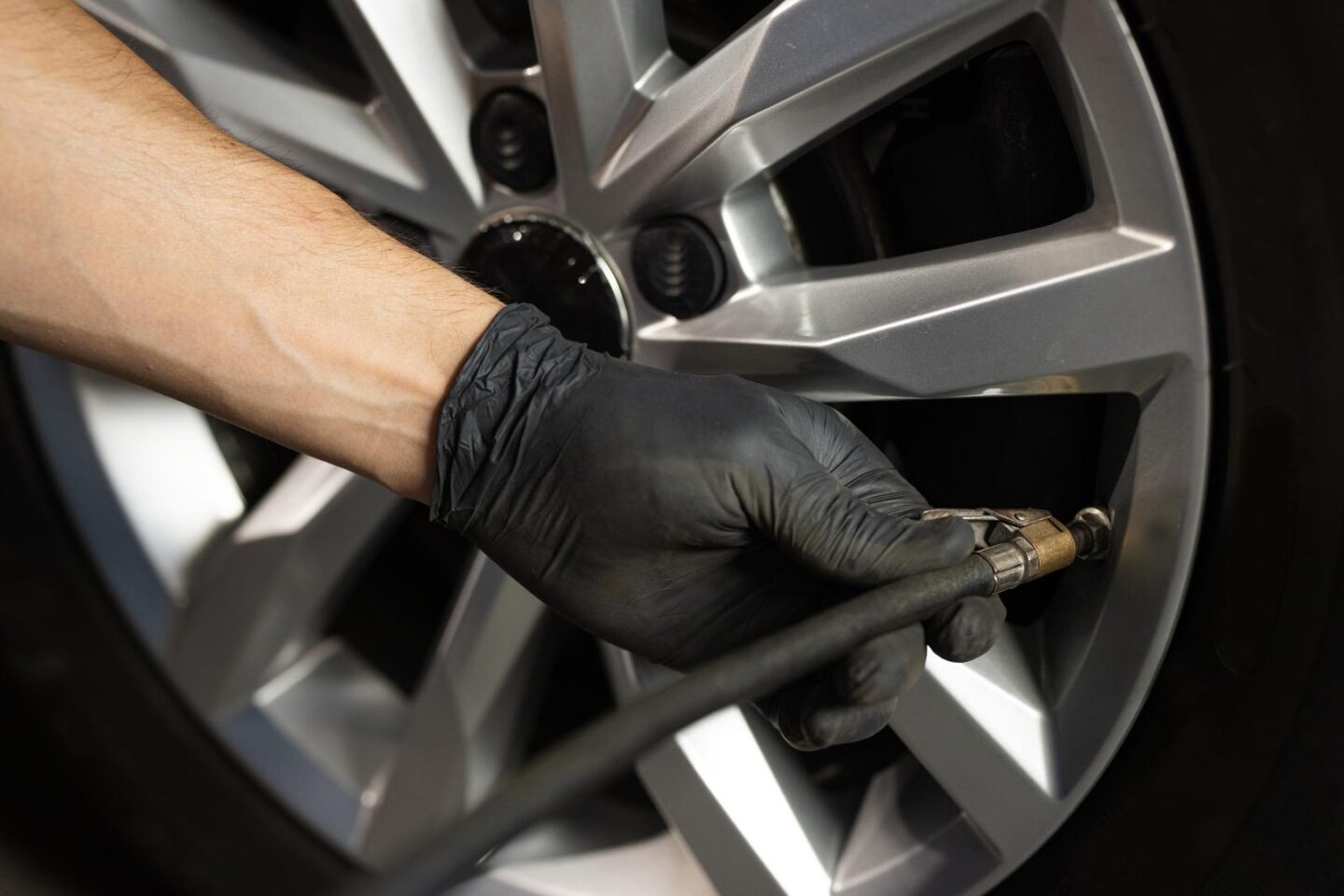Summer is here and school will be out soon: and that means road trips! If you are planning some time off, driving the family around the country, here is a short but complete guide to what you need to know about your tyres on a road trip.
Better Safe Than Sorry
When it comes to the safety of you and your family, it is always best to err on the side of caution and make sure that everything is in top condition, rather than merely assuming that because your tyres have coped with the daily commute, they will continue to cope with whatever roads you try them on.
Examine your tyres for signs of damage: dimples, dark spots, bulges and distortions and if you spot any – or even if your tyres are getting a bit older than is ideal – a huge variety of tyres in Pontefract is now available at Reg Greenwood’s website – you can book online now.

Check the Tread
If the tyres seem to be okay with a careful visual check, you are still not quite done. It’s time to check the tread depth.
The tread is a pattern of grooves and sipes that funnel water away from the narrow space between the road surface and the tyre’s contact area to ensure that the tyre can continue to grip the road as you drive through the rain.
Without a good depth of tread, this wicking away action will not happen and your vehicle can end up hydroplaning – essentially skidding along on top of the thin layer of rainwater coating the road. This is not ideal as you will be unable to control the car while you are hydroplaning.
Inflation Should be Just Right
Tyre inflation in modern tyres is a vital specification. Older tyres could be treated a little more cavalierly, adjusting the inflation to suit the road surface or weather condition the vehicle was facing.
But this is no longer the case. Modern tyres are designed to work at their best when inflated to the recommended pressures, no matter the circumstances.

Weight Matters
Finally, when you are going away, whether for a lengthy day trip or to catch a few days by the seaside, it can be easy to overload the car.
Not only will this cause you to use more fuel and give the car issues on steep gradients, but it can also be too much for your tyres. Included in the long tyre code printed on each tyre is a numerical code of two or three digits which, when decoded, lets you know exactly how much weight the tyre can carry as a maximum.
Needless to say, the longer your tyres are carrying weights near the maximum of their load capacity, the greater the wear and tear to the tyres will be, so do try to keep the car’s weight well under that limit.
Hopefully this guide will help you ensure your road trips run smoothly this summer.
